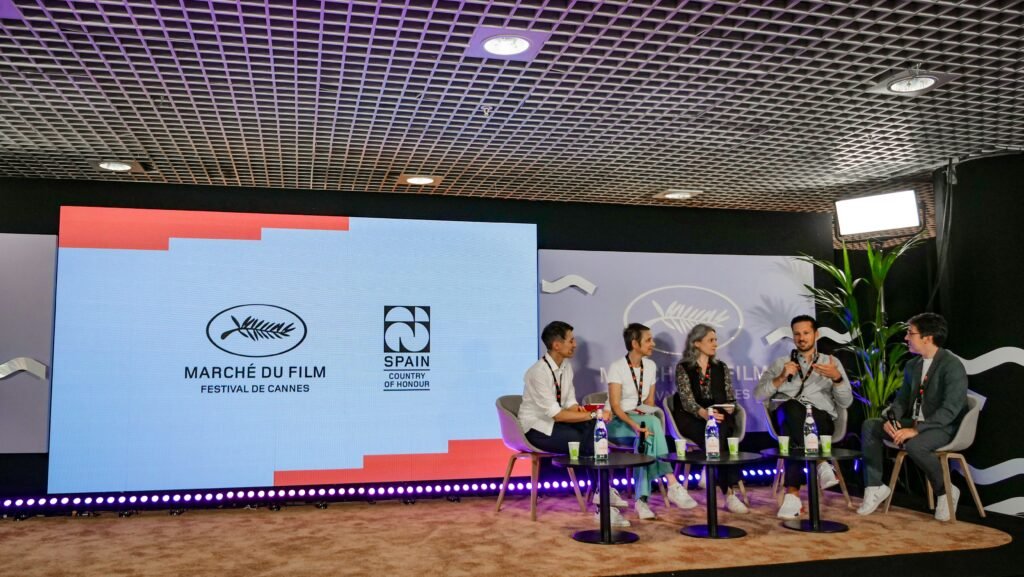Film Industry
Why Your Film Got Rejected by a Festival
For many filmmakers, a film festival rejection can feel like a deeply personal setback—especially after investing immense time, passion, and resources into their project. Yet, understanding why films get rejected reveals that acceptance is rarely just about quality. It’s a complex interplay of storytelling trends, festival objectives, and practical limitations shaping every programming decision.
1. Oversaturation of Similar Narratives and the Demand for Diversity
Film festivals strive to curate a cinematic mosaic that reflects a wide spectrum of human experience. When multiple films explore near-identical themes, styles, or narratives—like heavy family dramas or adaptations of well-known public domain works—the challenge isn’t about one film’s merit over another. It’s about creating a balanced program that offers freshness and variety. Frequently, programmers face the unenviable task of declining strong films simply because their stories are repetitive within the submission pool. This illustrates the importance for filmmakers to seek unique angles or narrative voices that distinguish their work in an increasingly crowded marketplace.

2. The Stark Realities of Film Festival Programming
The sheer volume of submissions dwarfs available screen time at prestigious festivals. For example, HollyShorts receives over 5,000 entries but can only program around 400 films—less than 10%. This fierce competition means many talented films inevitably get sidelined. Moreover, festivals operate within specific programming constraints: balancing genres, runtime, and audience expectations. Therefore, even quality films with distinct voices may be rejected due to programming logistics rather than creative shortcomings. Recognizing programming as both an art and a science helps filmmakers appreciate the bigger picture behind rejections.
3. Technical and Artistic Inconsistencies as Gatekeepers
Technical deficiencies like distracting jump cuts, inconsistent sound quality, or visible crew equipment can swiftly disqualify submissions, underscoring how essential craftsmanship is alongside storytelling. Beyond mechanics, festival programmers are drawn to films that demonstrate narrative clarity, emotional resonance, and compelling performances. Films lacking polish or originality frequently fade into the background. For filmmakers, this highlights the critical role of meticulous editing, sound design, and actor direction, even within tight budgets.
What Festivals Truly Seek: Originality, Innovation, and Authenticity
Beyond competitiveness and technicalities, what resonates most are films that challenge conventions, provoke thought, or unveil fresh perspectives. Whether through bold narrative choices, innovative visual style, or unapologetic emotional honesty, filmmakers who dare to push boundaries capture the spotlight. Festivals serve as cultural curators, identifying voices that not only entertain but also contribute meaningfully to cinematic and social discourse.
Embracing Rejection as Part of Creative Growth
Rejection is an inherent aspect of the creative journey, not a verdict on a filmmaker’s worth or potential. Rather than yielding to discouragement, it’s an opportunity to refine artistic vision, enhance technical skills, and deepen storytelling. Each setback invites self-reflection and growth, propelling filmmakers closer to the authentic and impactful cinema that festivals champion. Persistence, coupled with continual evolution, remains the steadfast pathway to eventual success.